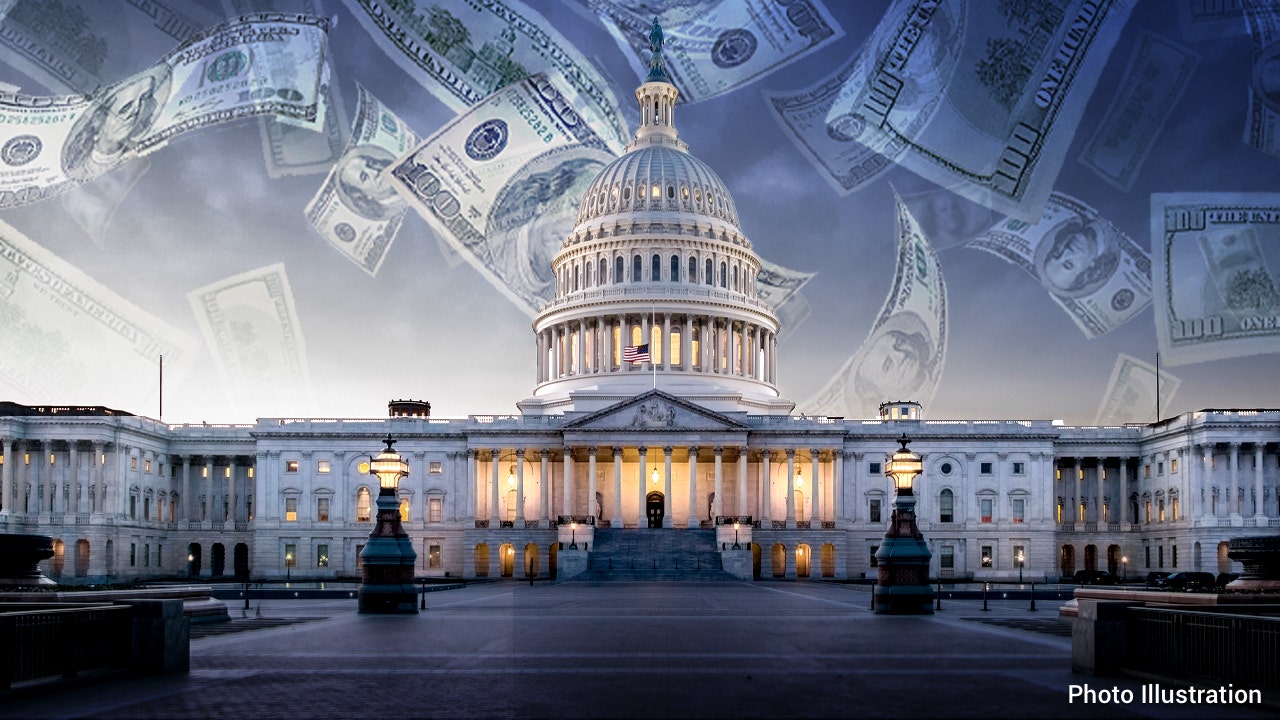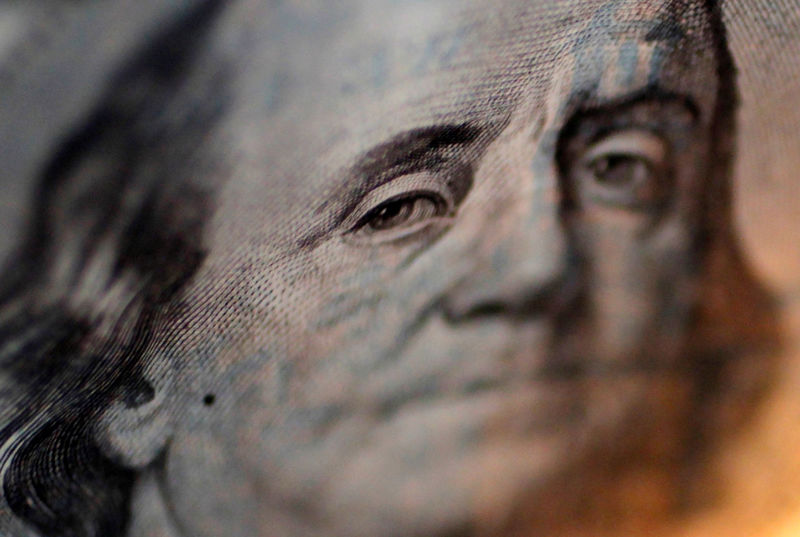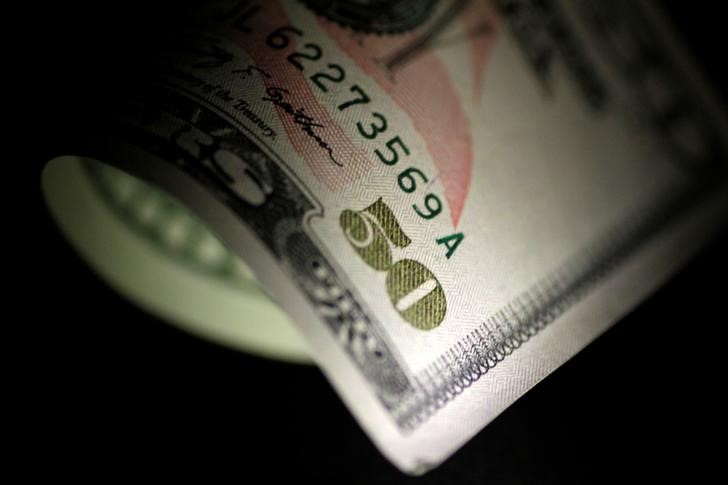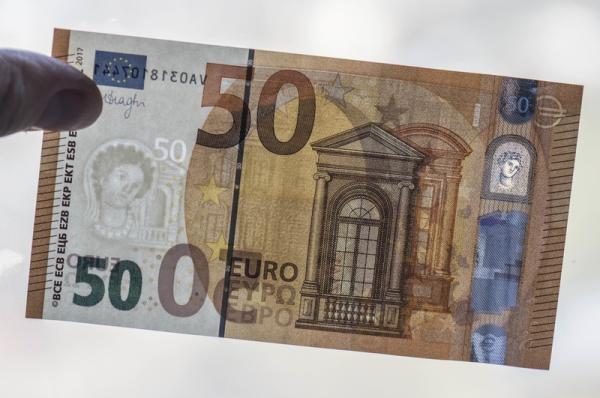Traders and voters question the potential positive impact of new Tory fiscal policies on the British pound, despite intentions for lower taxes and reduced public spending outlined by Chancellor Jeremy Hunt.
The recent Autumn Statement by Chancellor Jeremy Hunt, which proposed lower taxes and reduced public spending, was designed to appeal to Conservative constituents. However, this announcement has been met with skepticism from both FX traders and a large segment of voters today. They doubt whether these plans will truly act as a positive factor for the British pound (GBP), questioning the effectiveness of the Laffer curve—a concept used to illustrate the relationship between tax rates and tax revenue.
The current sentiment in the market is reflecting this skepticism, as it’s influencing GBP exchange rate trends more than any tangible financial outcomes from the newly announced fiscal measures. The Laffer curve suggests that there is an optimal tax rate that maximizes government revenue without discouraging economic activity. But the application of this theory in the current UK economic context is under scrutiny.
Economists from Commerzbank (ETR:) have weighed in on the statement, highlighting that while the tax plans might resonate with Tory supporters, the broader market remains unconvinced about their capacity to bolster GBP value. This lack of confidence is evident as traders continue to navigate through a period of uncertainty for Sterling, which has seen fluctuations in response to both domestic and global economic cues.
As the UK government attempts to balance growth with fiscal responsibility, it remains to be seen how these policies will unfold and what impact they will have on the economy and the currency in the long term. For now, skepticism prevails, keeping investors cautious and GBP under close watch.
This article was generated with the support of AI and reviewed by an editor. For more information see our T&C.
Read the full article here













